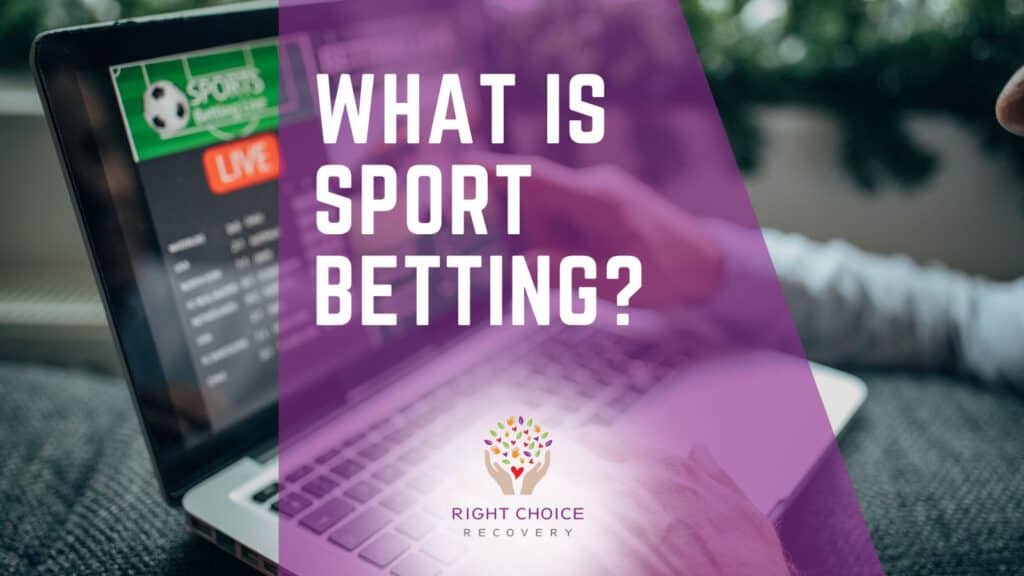Betting Odds vs Probabilities 6

Understanding Betting Odds vs Probabilities
In the world of gambling and sports betting, the terms “odds” and “probabilities” are often thrown around, but they are not synonymous. Understanding the distinction between betting odds and probabilities is crucial for both novice bettors and seasoned gamblers looking to maximize their winnings. This article will delve into the concepts of betting odds and probabilities, exploring how they are calculated and their implications in the betting industry. Before diving into the intricacies, it’s essential to familiarize yourself with the landscape of betting. Whether you’re learning the ropes of the game or significantly investing in it, resources like Betting Odds vs Probabilities glory casino withdrawal can provide valuable insights into effective strategies.
What Are Betting Odds?
Betting odds represent the likelihood of a particular outcome occurring in a given event. They are expressed in various formats, including fractional, decimal, and moneyline odds, which differ by region and preference. Each format implies a different way of calculating potential payouts based on the amount wagered.
Types of Betting Odds
- Fractional Odds: Commonly used in the UK, these odds are presented as a fraction, such as 5/1, meaning that for every $1 wagered, $5 will be won if the bet is successful.
- Decimal Odds: Popular in Europe and Australia, decimal odds represent the total payout rather than just the profit. For example, odds of 6.00 mean that for a $1 bet, the total return is $6, including the stake.
- Moneyline Odds: Typically used in the US, these odds can be positive or negative. Positive odds indicate how much profit you would make on a $100 bet, while negative odds show how much you need to wager to win $100. For example, +500 means you would win $500 on a $100 bet, while -200 indicates you must bet $200 to win $100.
What Is Probability?
Probability, in the context of betting, refers to the mathematical likelihood of an event occurring, expressed as a number between 0 and 1, or as a percentage. For instance, a 50% probability translates to a 0.5 chance of an event occurring. Understanding probabilities helps bettors make informed decisions about their bets, as they directly correlate with the likelihood of winning.

Calculating Probability
To convert betting odds into probability, one can use simple formulas based on the type of odds presented:
- Fractional Odds: Probability (%) = Denominator / (Numerator + Denominator) * 100
- Decimal Odds: Probability (%) = 1 / Decimal Odds * 100
- Moneyline Odds:
– For positive odds: Probability (%) = 100 / (Moneyline Odds + 100) * 100
– For negative odds: Probability (%) = -Moneyline Odds / (-Moneyline Odds + 100) * 100
Odds vs. Probability: The Key Differences
The primary distinction between odds and probability lies in their purpose and application in betting. While odds represent the bookmaker’s assessment of the likelihood of an event, probabilities reflect the actual chances based on statistical analysis.
Why This Matters
Betting odds are influenced by various factors, including public perception, betting volumes, and bookmaker margins. This means that the odds provided can sometimes stray from the true probability of an event occurring, creating opportunities for savvy bettors.

Implied Probability
Implied probability is a concept central to understanding the relationship between betting odds and probabilities. It refers to the likelihood of an outcome as calculated from the odds offered by the bookmaker. Bettors often compare the implied probability derived from the odds with their own assessment of the actual probability to find value in bets.
How to Identify Value Bets
To identify value bets, bettors should:
- Calculate the implied probability using the odds offered.
- Assess their own understanding of the actual probability of the outcome.
- If the actual probability exceeds the implied probability, consider it a value bet.
Conclusion
In summary, understanding the differences between betting odds and probabilities can significantly impact your betting strategy. While odds give a snapshot of the betting market’s expectations, probabilities delve deeper into the mathematical likelihood of outcomes. Knowledgeable bettors can leverage this understanding to make informed decisions and identify value where others may overlook it. Whether you’re a casual gambler or a serious bettor, mastering the interplay of odds and probabilities is key to success in the betting world.
By applying these concepts, bettors can enhance their understanding of the underlying workings of betting markets and improve their chances of making profitable wagers.
